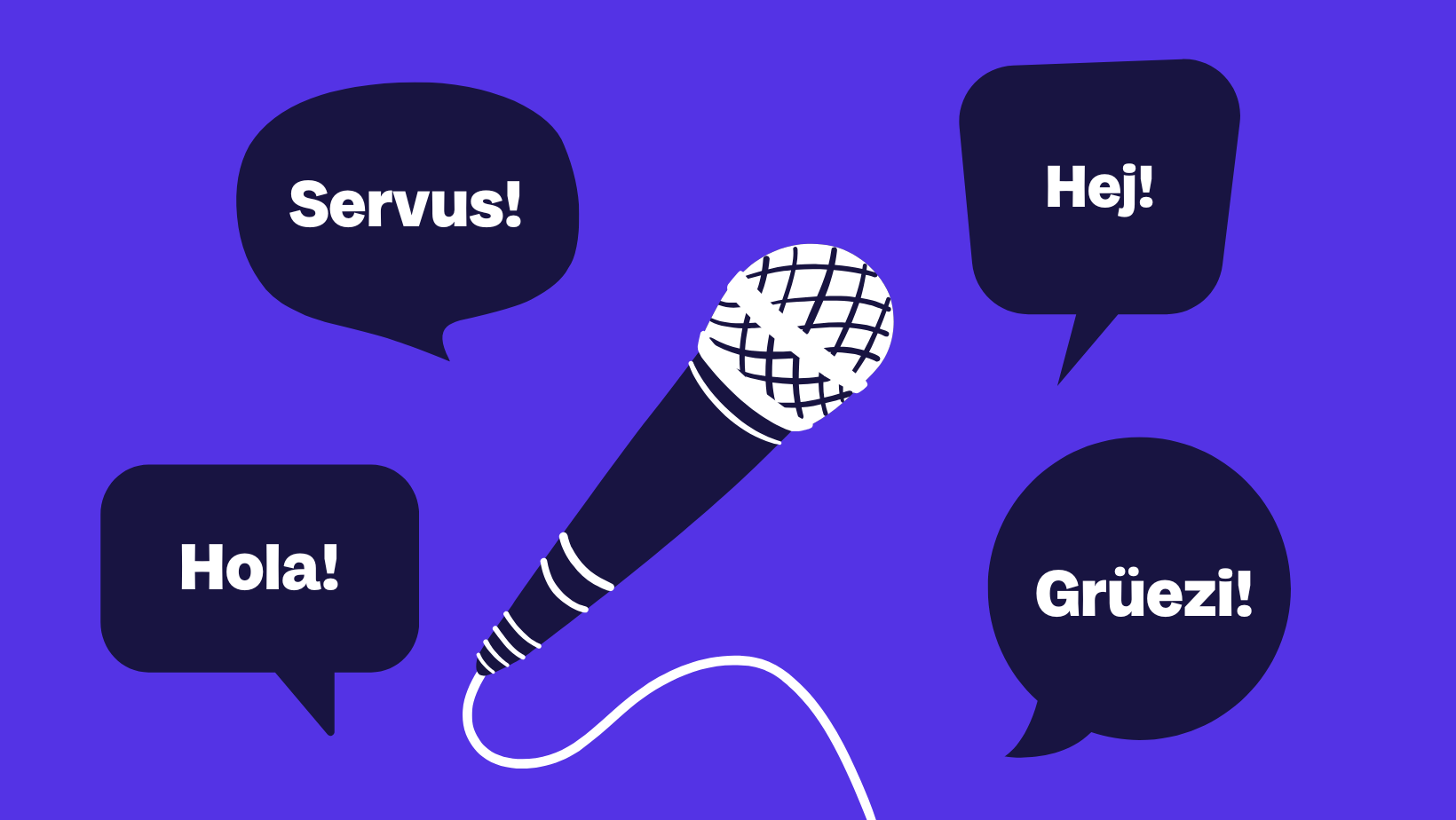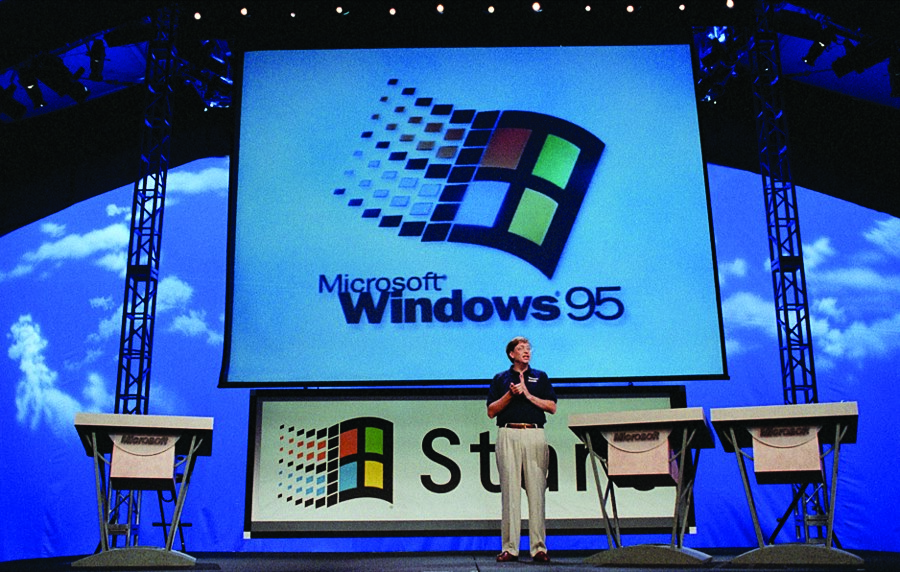Storytelling Close-up McDonald’s: How a company connects cultures, humans and families
The next visit to the grandparents is coming up – a 3-hour drive away. Some people think directly about the lack of legroom, others about their favorite road trip playlist. But both types of people are probably equally looking forward to the stop at the rest stop. Because if there’s one thing that goes along with long road trips, it’s the self-imposed permission to eat delicious, unhealthy food… at fast-food favorite McDonald’s.
No matter how old you are, this feast causes anticipation even after many years – and it’s usually not about the food itself. Because let’s be honest: A cheeseburger is eaten faster than it’s prepared. Rather, it’s the experience of being there. The memories from your own childhood and that one saying that rings around in your head in every language, in every country and from every person with the same melody: Bah dah dah dah – I’m loving it!
A fast-food chain from America has indeed managed to plant images, emotions and even melodies in people’s minds and connect them as a result. How have they managed to do this? To find out, it’s first worth looking at the past, at the birth of the red-yellow, round-curved M’s.
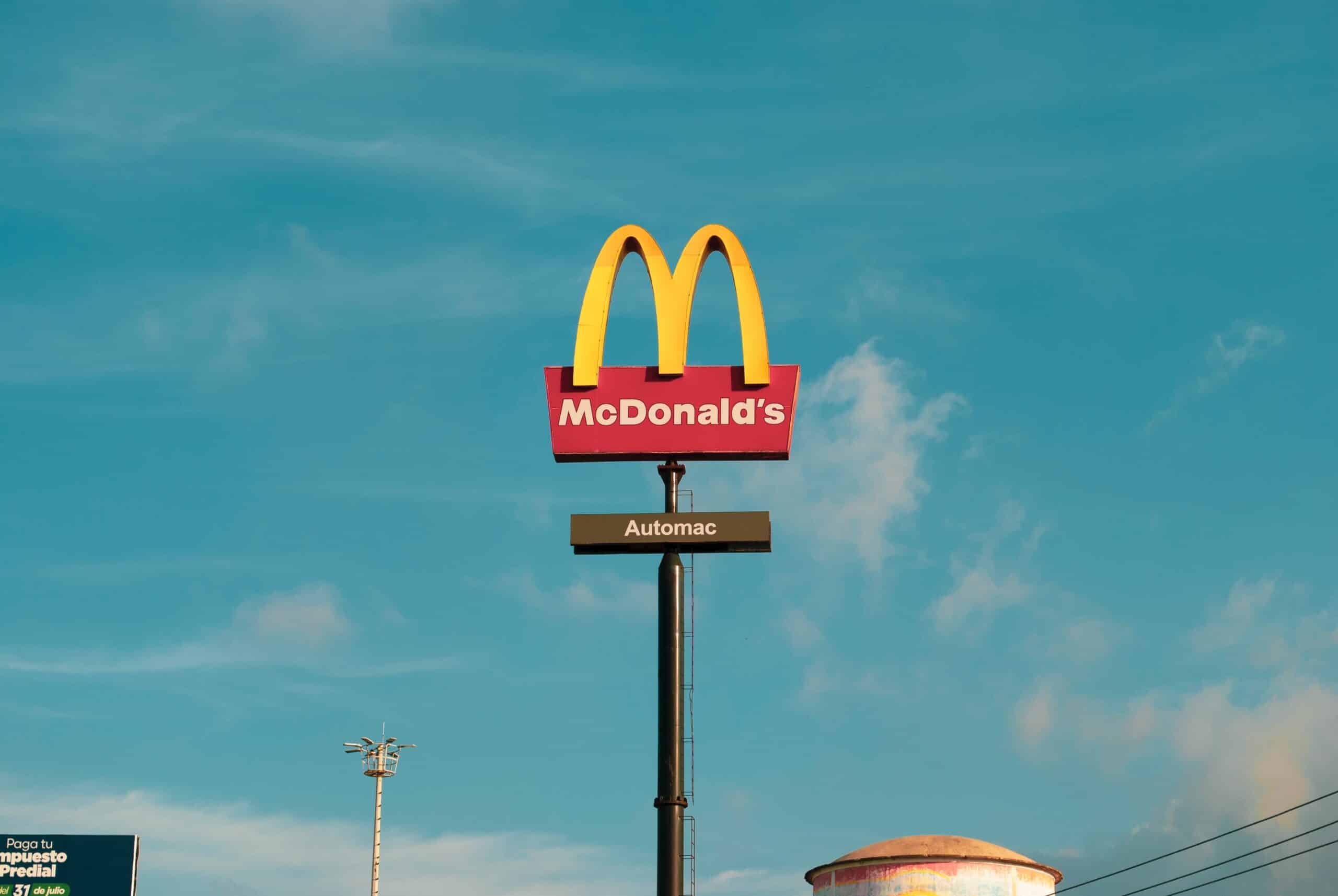
A golden M conquers the world: How two brothers turned a fast food chain into an empire
As early as 1948, brothers Richard and Maurice McDonald opened a self-service fast-food restaurant and gave it their own name. Ten years later, in 1958, the branding followed, which is still unmistakable today: the golden M. Since then, it has sprouted from every corner, spreading across cities and the countryside and reaching a total of 119 countries. The company now has over 38,700 stores worldwide and, according to analyses by Galileo 60 million guests every day. The world’s largest fast-food empire pursued a precise strategy during internationalization, with which they laid the cornerstone of their storytelling: haptic, visual and taste sameness!
Storytelling in product design: Whether Greece, Australia or Mexico – you can rely on your Big Mac
At the start of Inflation 2022, a newly chosen price yardstick made the rounds: the humorously chosen pickle index, which was supposed to measure how expensive life was then and is now. In fact, there was a similarly unusual measurement value in the past, launched by a business magazine in 1986, which put the world’s most famous burger at the center of the calculation: The Big Mac Index! The indicator compared the purchasing power of different currencies based on the price of the popular burger in the respective countries. For such a comparison to be possible in the first place, it must be produced and sold identically in all the places included – and it is.
© FXSSI
But the most popular double burger is not alone in this. McDonald’s branches all over the world are more alike than almost any other chain. Even the range of products differs only minimally. The taste of the “best sellers” such as hamburgers, cheeseburgers, Big Macs and chicken nuggets are even completely identical. Likewise, the appearance of the classic McDonald’s products is standardized, so that visually there is always an automatic recognition – whether in Greece, Australia or Mexico. So what do guests look for when they go to McDonald’s after a few days of “strange” cuisine abroad? For the same feeling (and taste) of childhood, consistency, travel, rest stops, and the pleasure of indulging in something today.
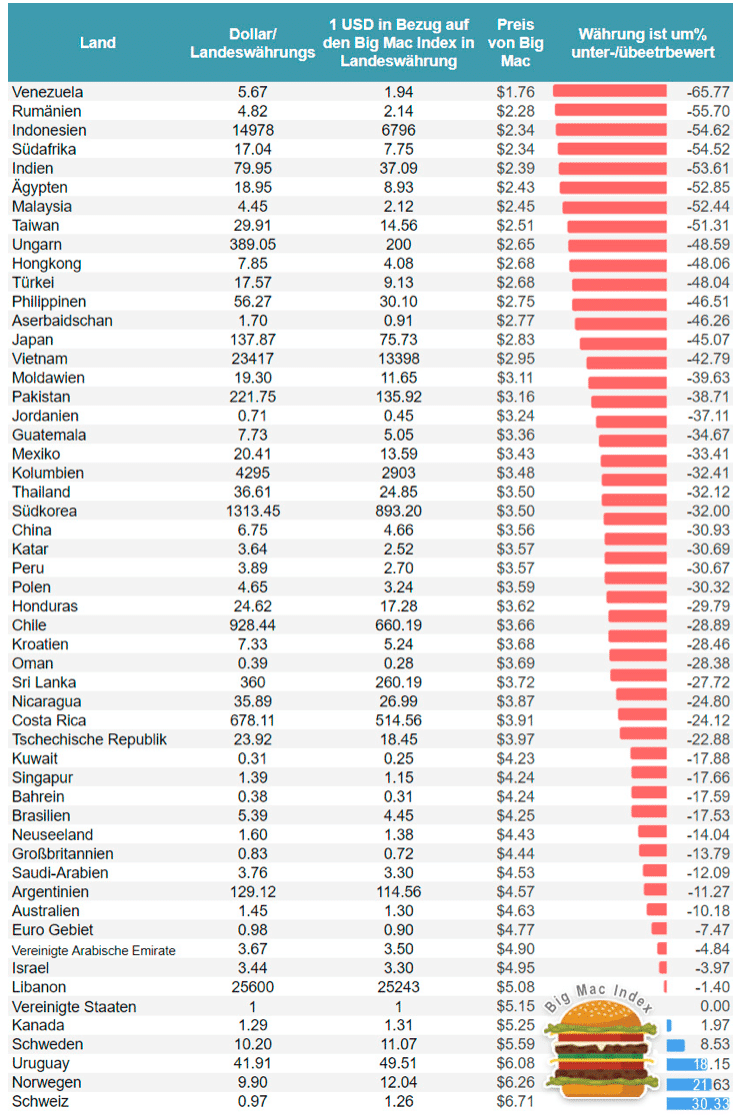
The pleasure as a happy ending: TV storytelling relies on humor, sympathy and authenticity
When it comes to visual storytelling, McDonald’s has also always followed a concept. The brand always has its target group in its sights and communicates its USP authentically and humorously: the indulgence! The protagonists of their commercials are “normal people” – people with whom we can identify. Not typical models from glossy magazines, but the family man from the neighborhood who quickly drives through the McDrive after work. Or the two friends at the zoo, yelling with the monkey and not taking themselves too seriously. Always moments are depicted that are either in a family or friendship context.
The link to childhood memories, shared trips and the feeling of “eating like home” is thus also communicated in marketing terms by depicting typical everyday situations. Each commercial follows the narrative of not being able to resist the pleasure of McDonald’s products. The father can’t manage to drive the fries home, as his craving for the juicy potato sticks wins out. The two boys at the zoo just roar so loudly because they are so excited about their burgers and then bite into them with relish. The world-famous McDonald’s jingle always follows as an underscore to the happy ending – biting into one of the delicious products – and reinforces the visually created emotion of culinary delight.
Storytelling about a mascot: Ronald McDonald makes children’s eyes light up
Looking back at the beginnings of McDonald’s external communication, one man shines in a special light. In 1966, the mascot – Ronald McDonald the clown was created and featured in a commercial for the first time. The character tells the story of shared joy and family experiences.
The introduction of the Happy Meal a few years later suggested that the fast food chain now wanted to appeal especially to the younger generation – and thus also to parents, grandparents, friends, the whole family. In line with this, the restaurants were also designed with children’s enjoyment in mind. The children’s menu appeared, play areas including slides were a new must in every establishment, and since then a donation box at the checkout has invited customers to make a donation to the McDonald’s Children’s Foundation.
Ronald McDonald acts as a mentor in the role of the jester. He represents the entertainment of all children and gives them both smiles and balloons. The values of fun, curiosity and playfulness are emphasized anew in every commercial featuring the colorful clown.
Storytelling in recruiting – from diverse cultures and social cohesion
Just like many other companies, McDonald’s took an early stand in Russia’s war against Ukraine and temporarily closed its store in the country. In addition, a few days later they declared that they would offer 2,000 refugees without barriers a job including a language course.
The strong symbol of social cohesion from the fast food chain is not entirely new. In addition to the aspects of family, joy, enjoyment and familiarity through the established, the company constantly communicates another point of view in the area of recruiting: equality and togetherness despite a wide variety of cultures. With the slogan “We speak your language,” McDonald’s recently advertised that it unites all nationalities, age groups, professional groups, and characters and is accessible as an employer to everyone who wants to work for the company.
The golden M: A sign of connection and joy
The fast food chain is an old hand in the business and yet somehow young at heart. The adaptability to react as quickly as possible to changes from outside – such as the introduction of vegetarian versions of all classic burgers – can be symbolically described as a mirror of society. They communicate the same at all levels of the company. In recruiting, they say: We are all one, although we are so different. On TV, humor and the desire for delicious burgers unite families and friends. Ronald McDonald makes every visit to a restaurant a joyful experience for young and old alike, and the standardized taste experiences in over 100 countries gives travelers familiar culinary experiences around the world.
It’s no coincidence that every time we see a golden M at home or abroad, we exclaim, “Look, there’s McDonald’s!”
Another Storytelling Close Up you might like is about Ikea, go check it out here.
Share this article
Related articles
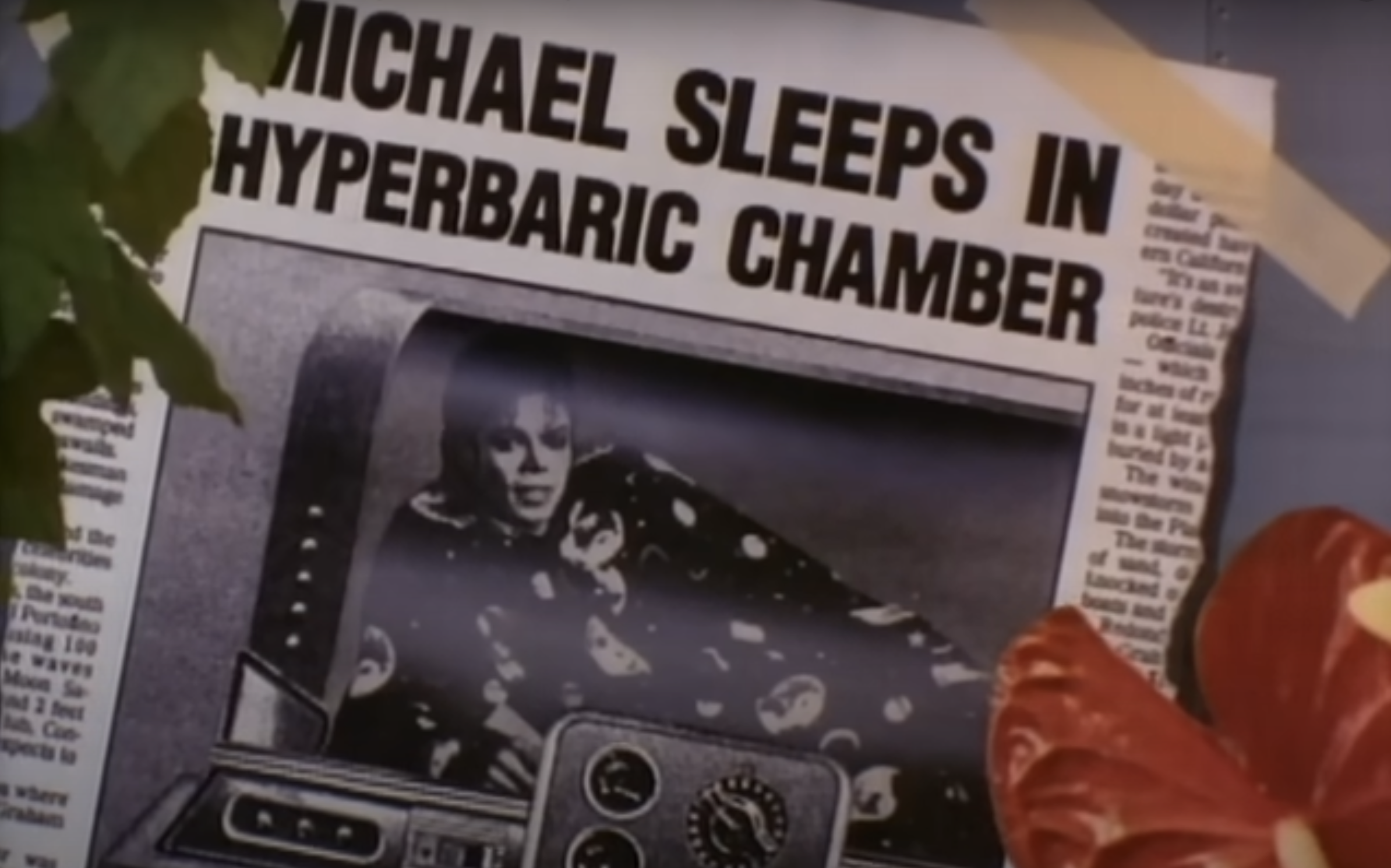
8 April 2025


